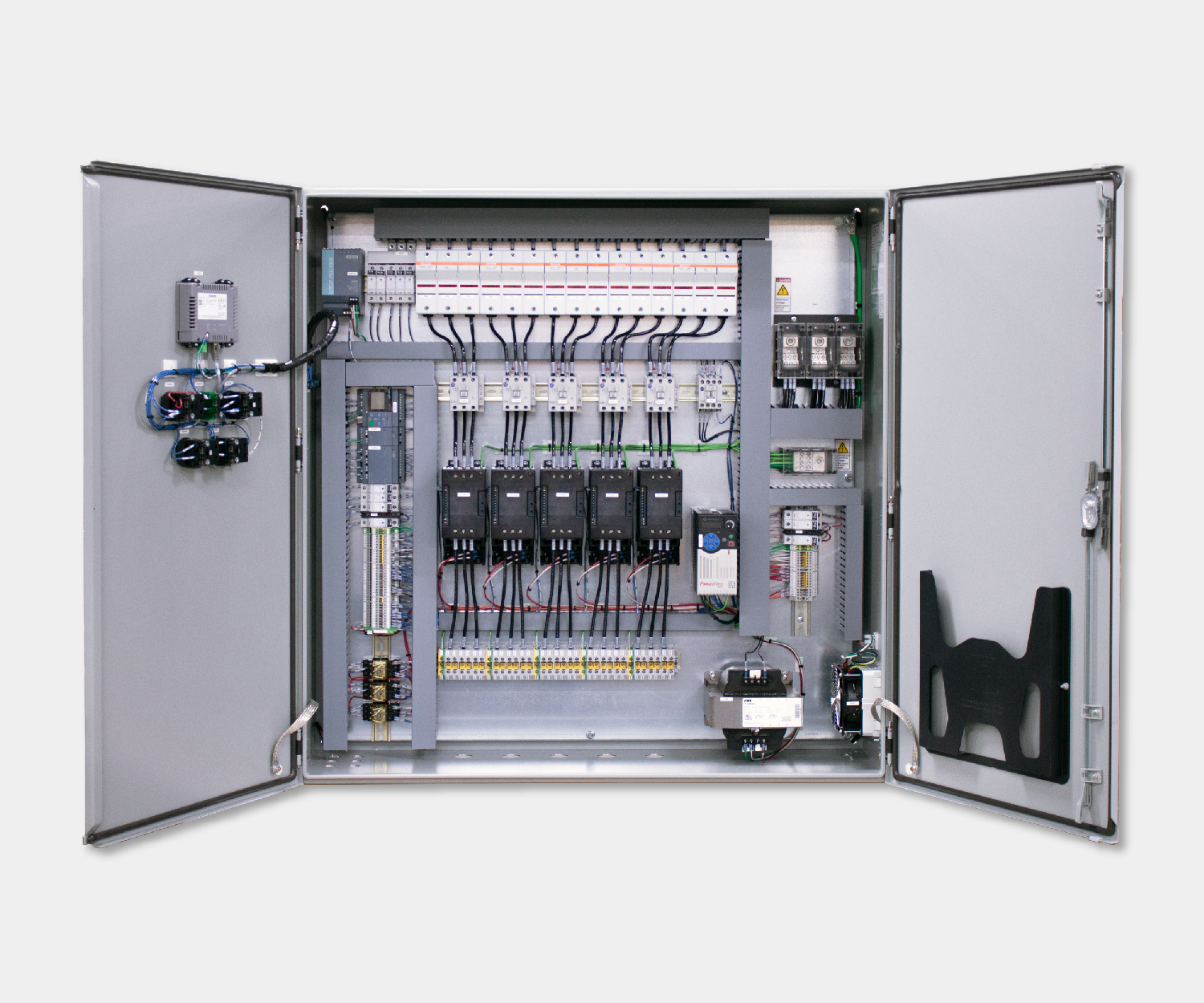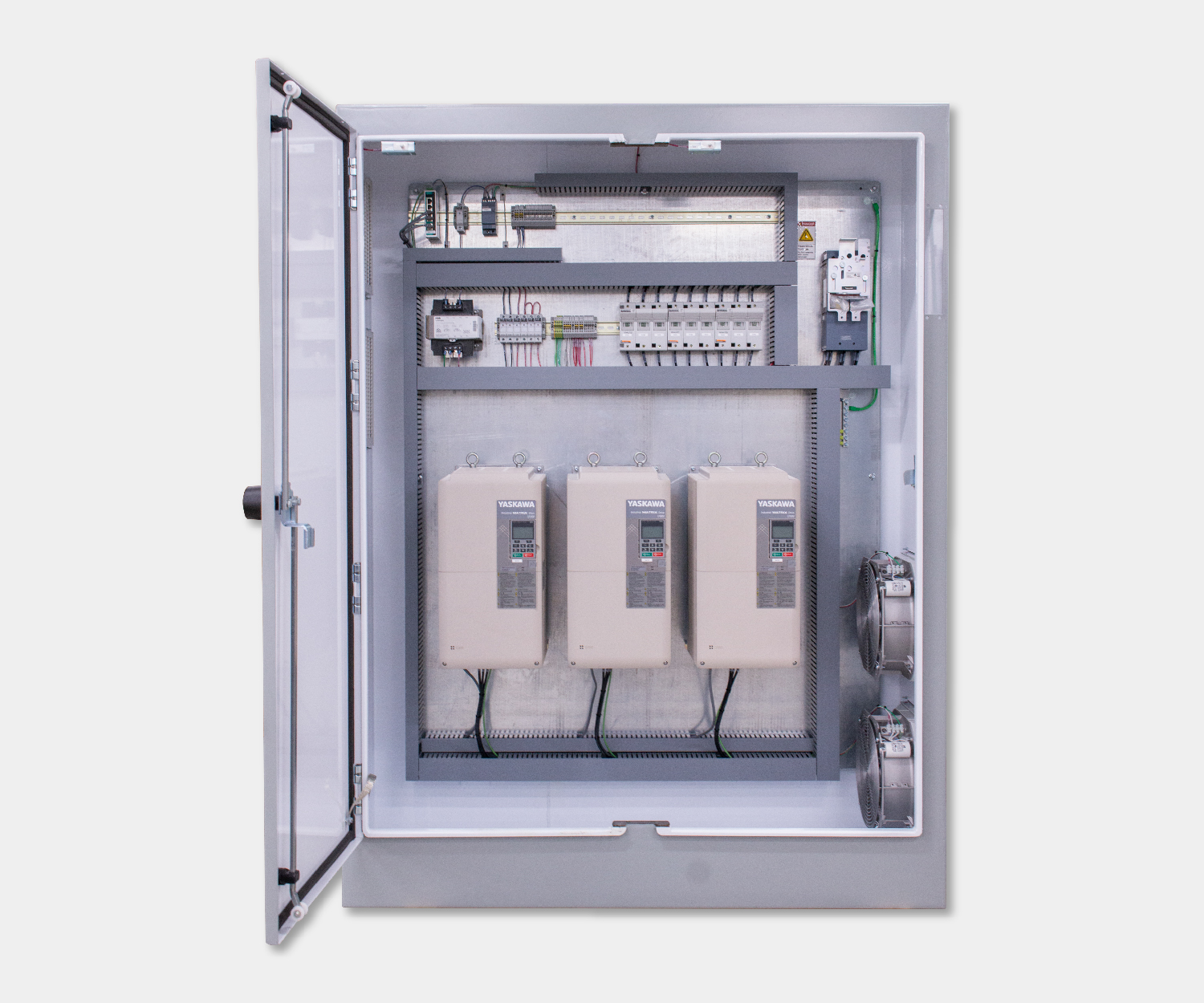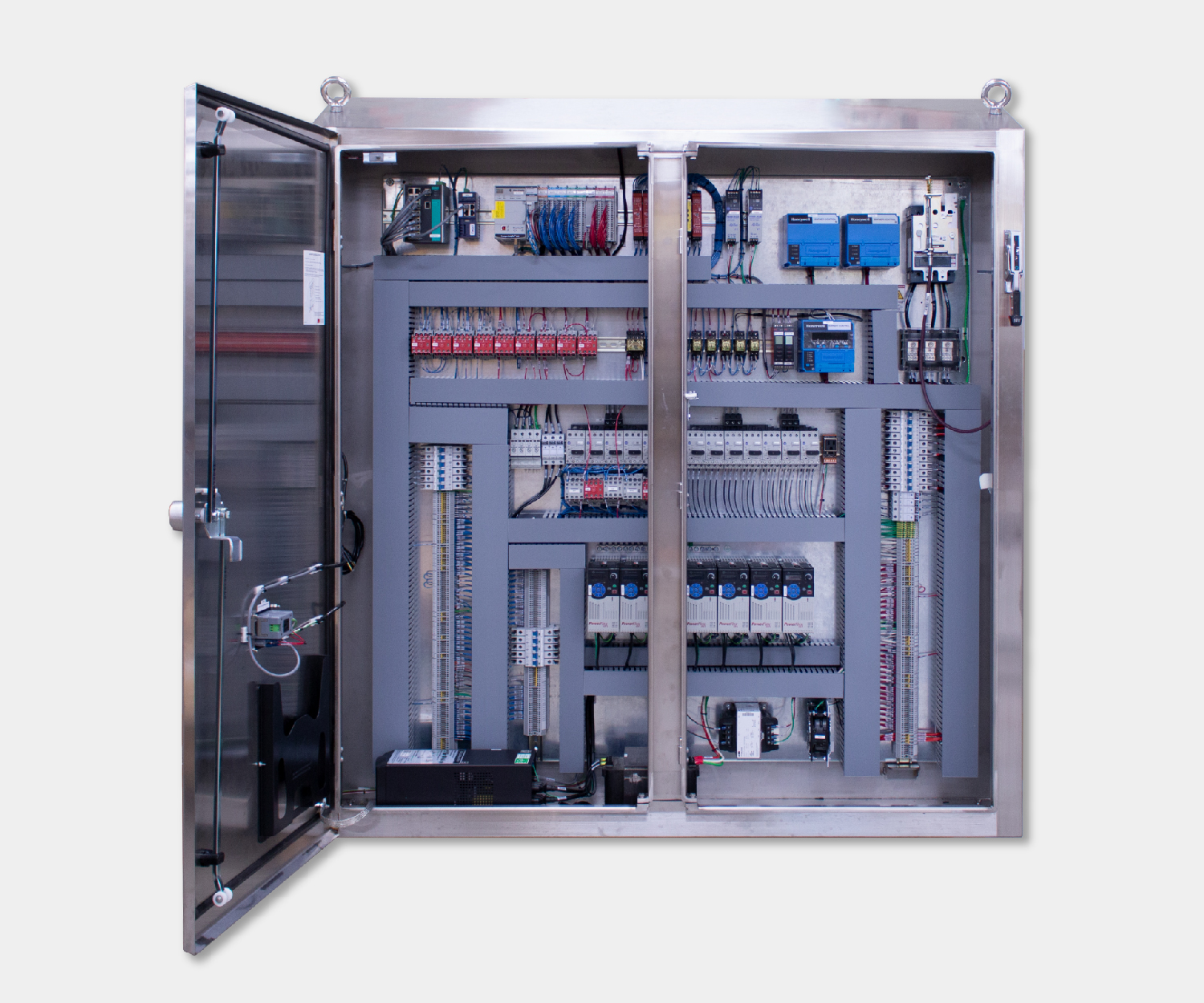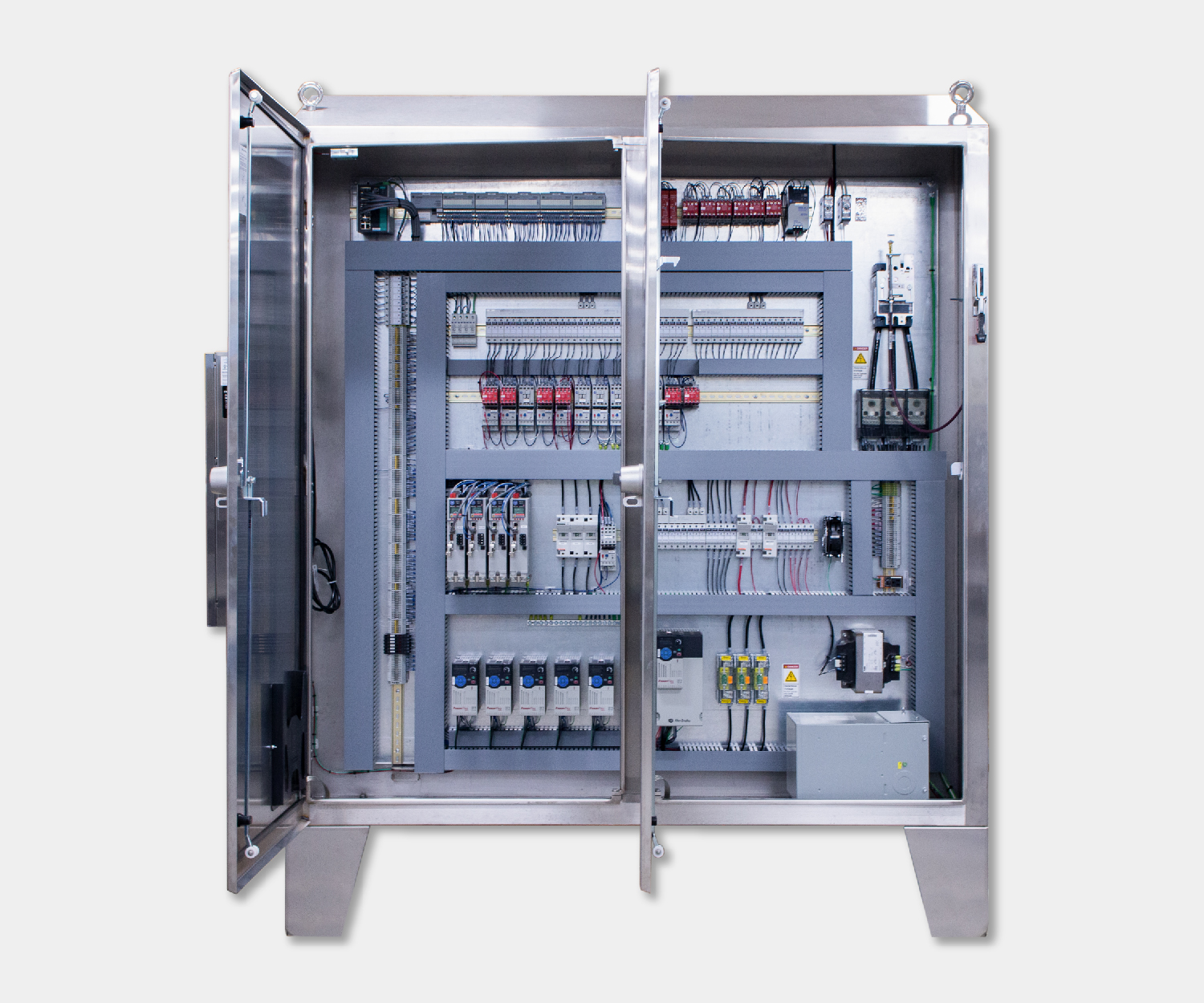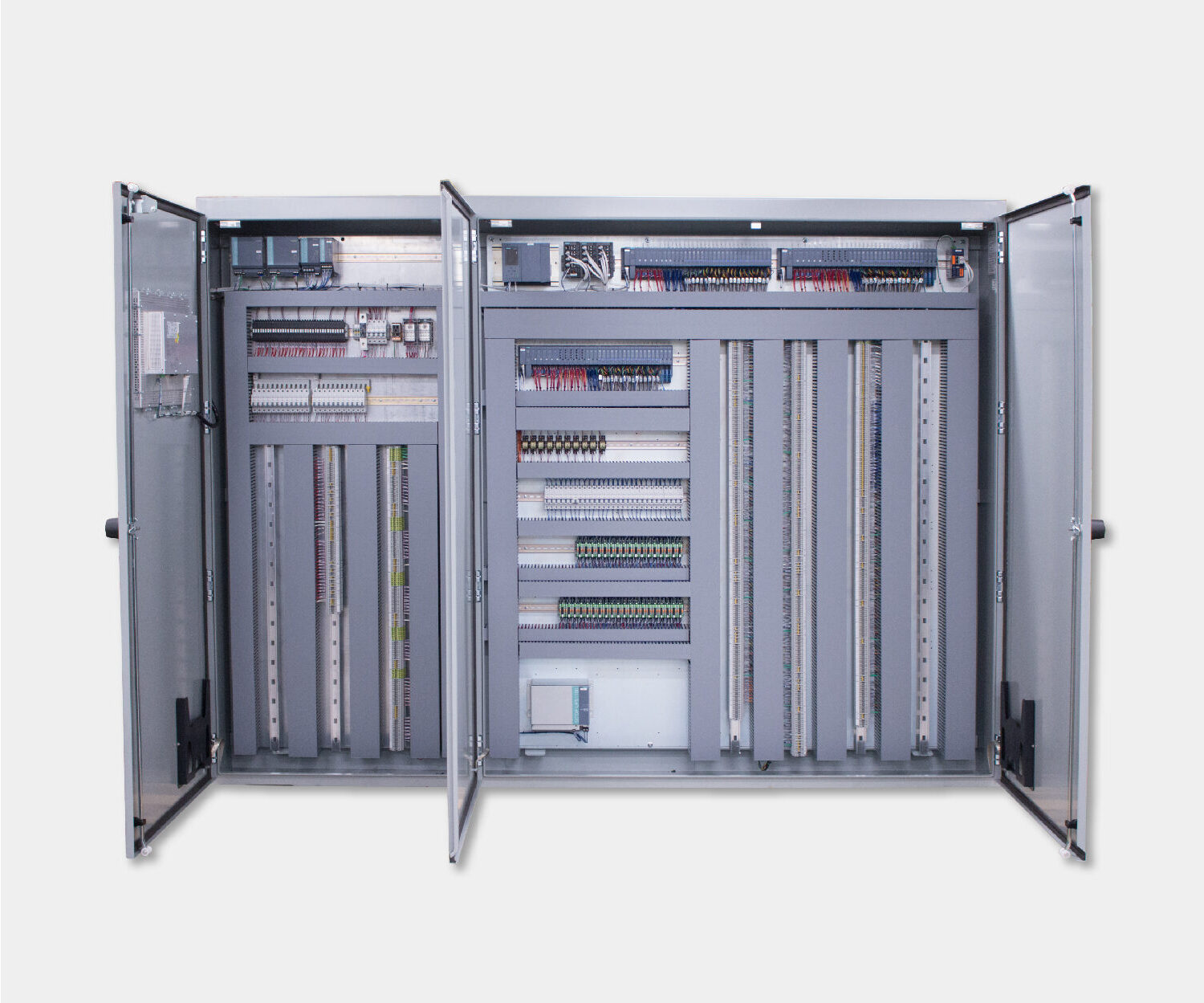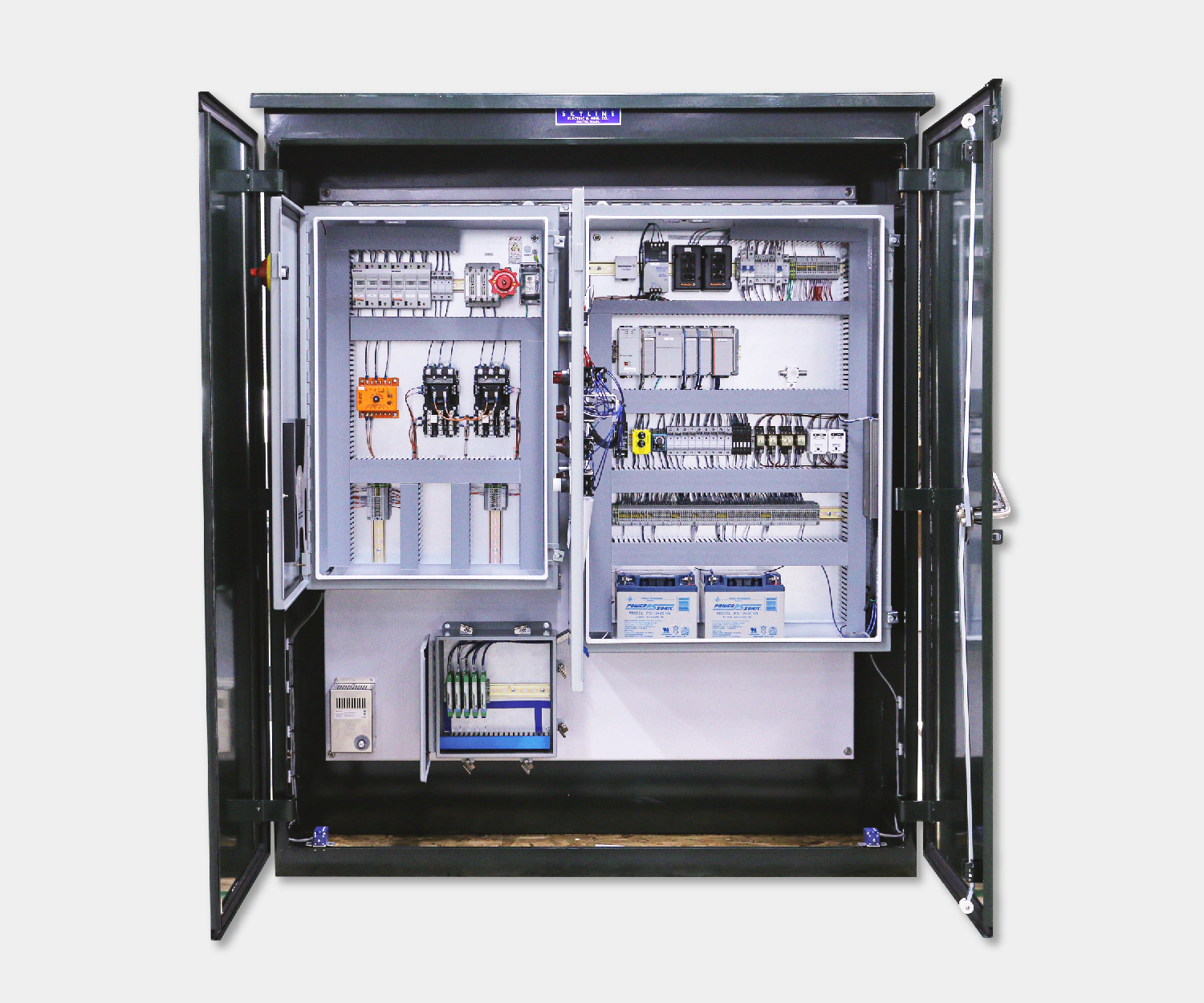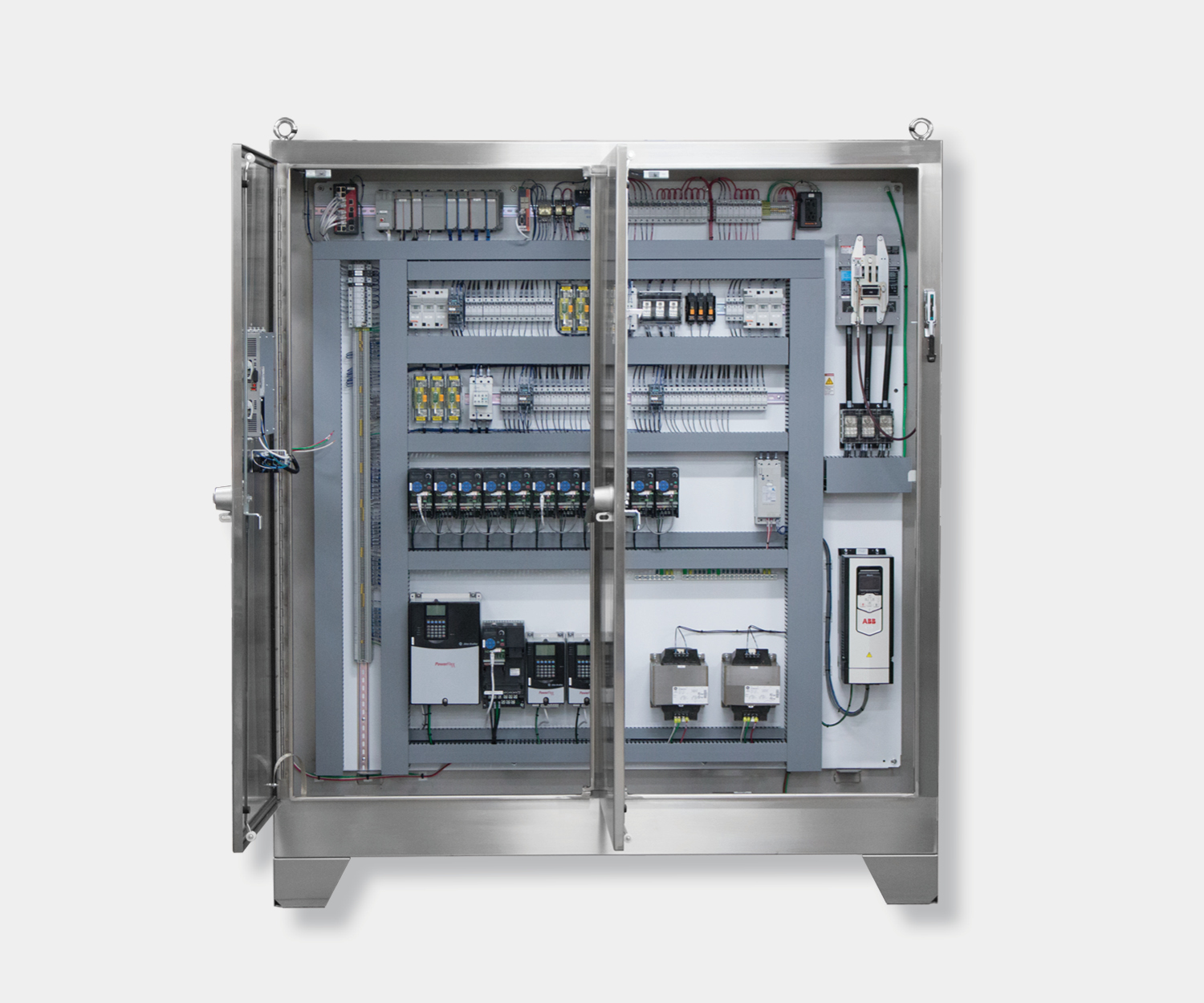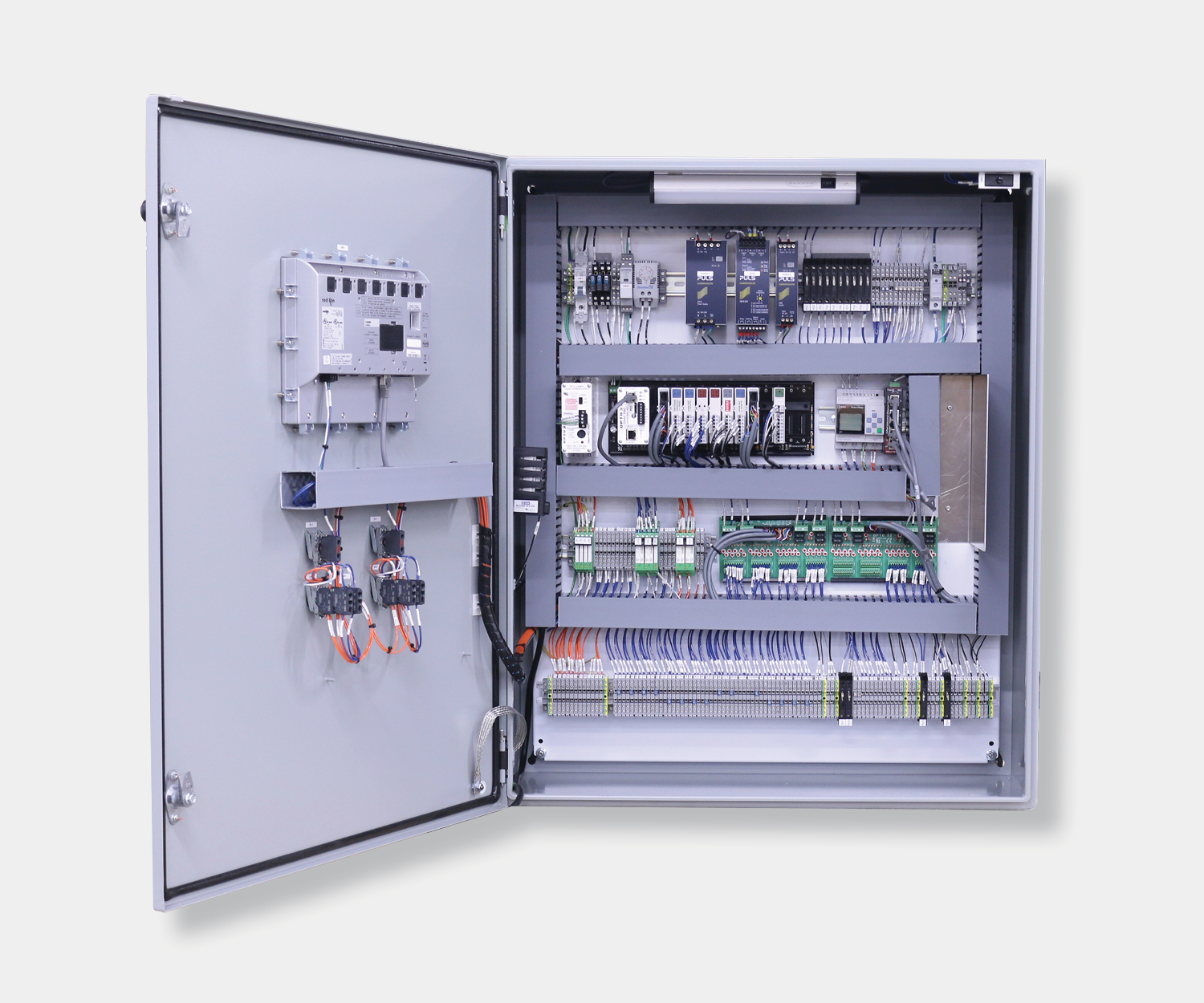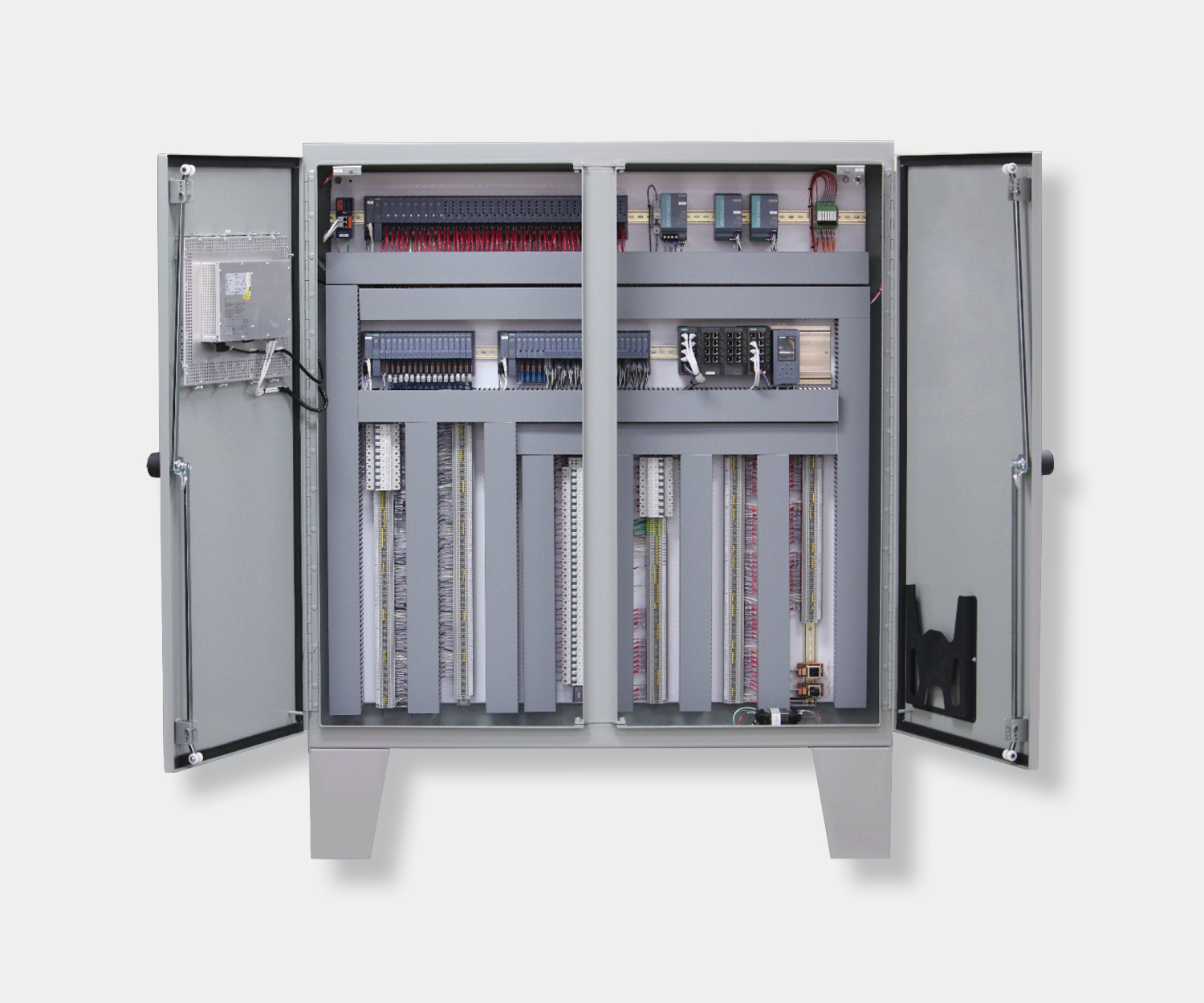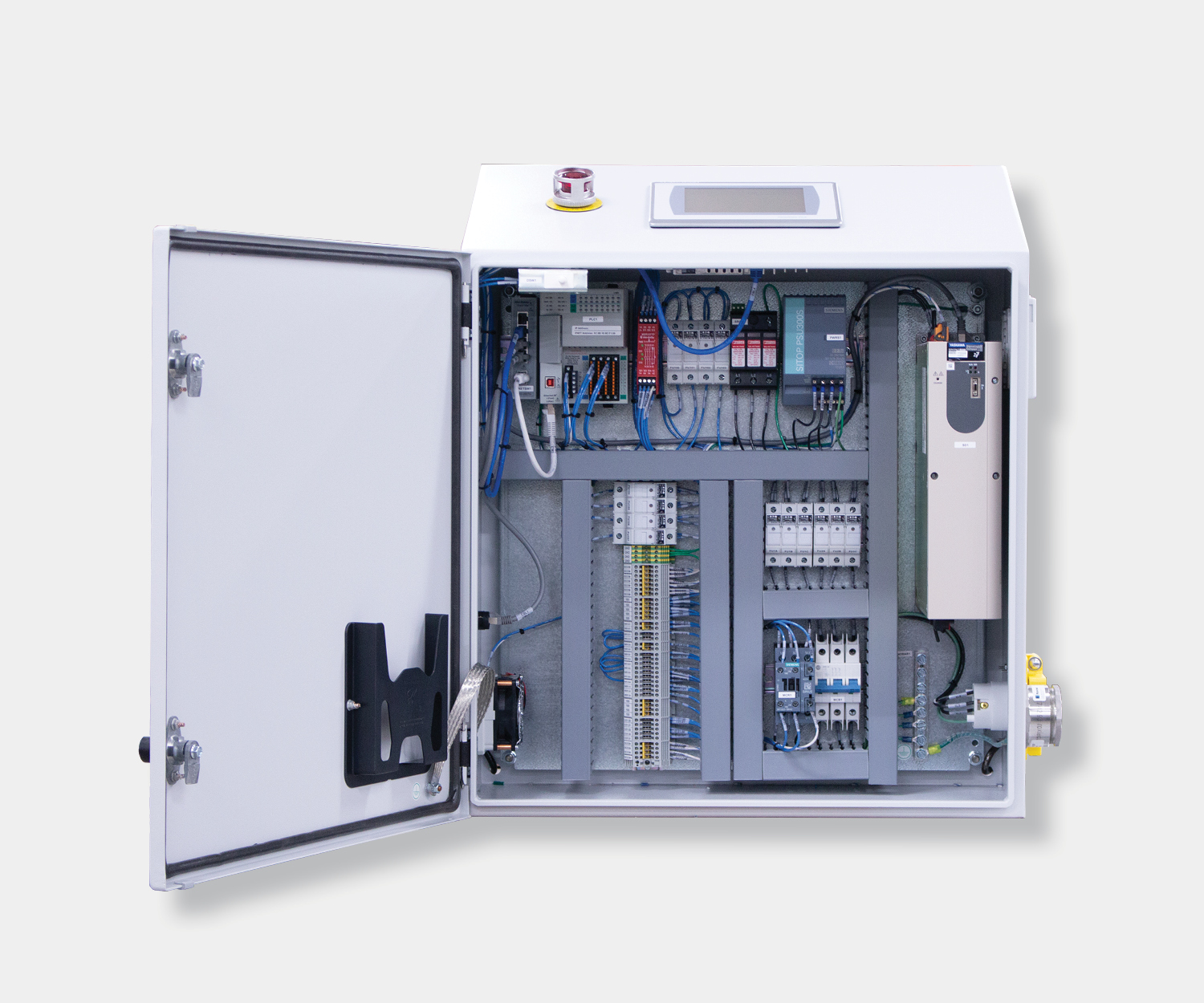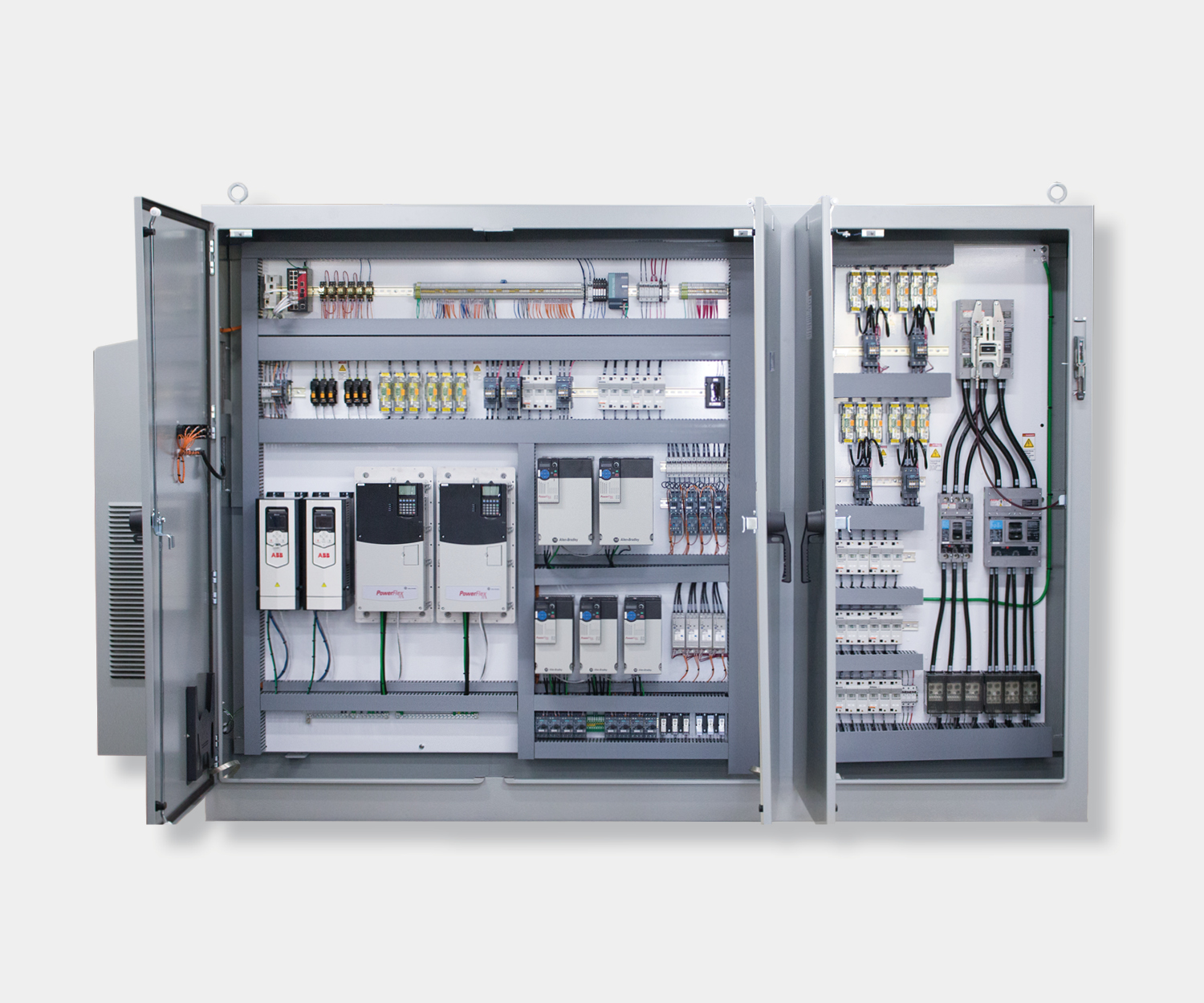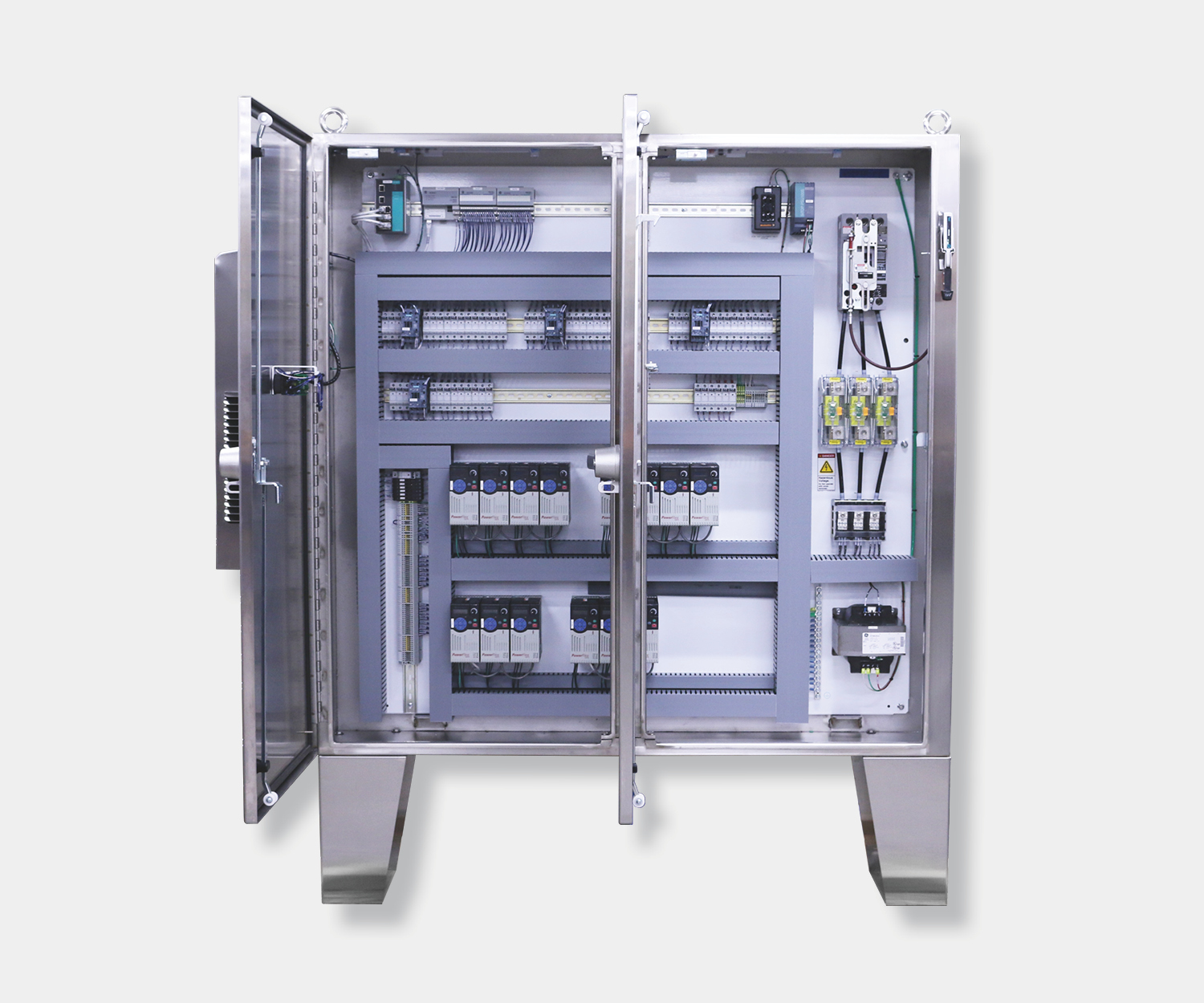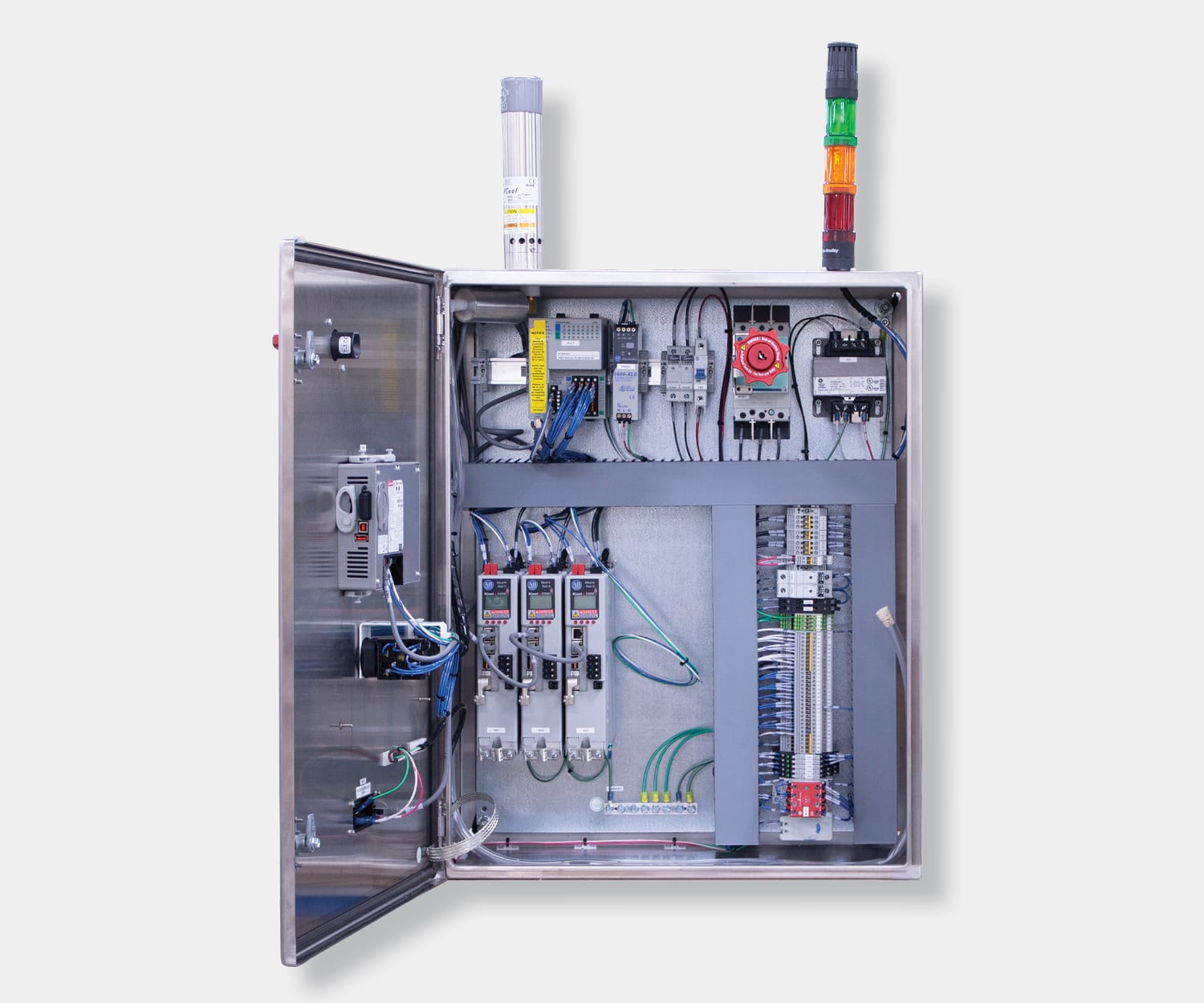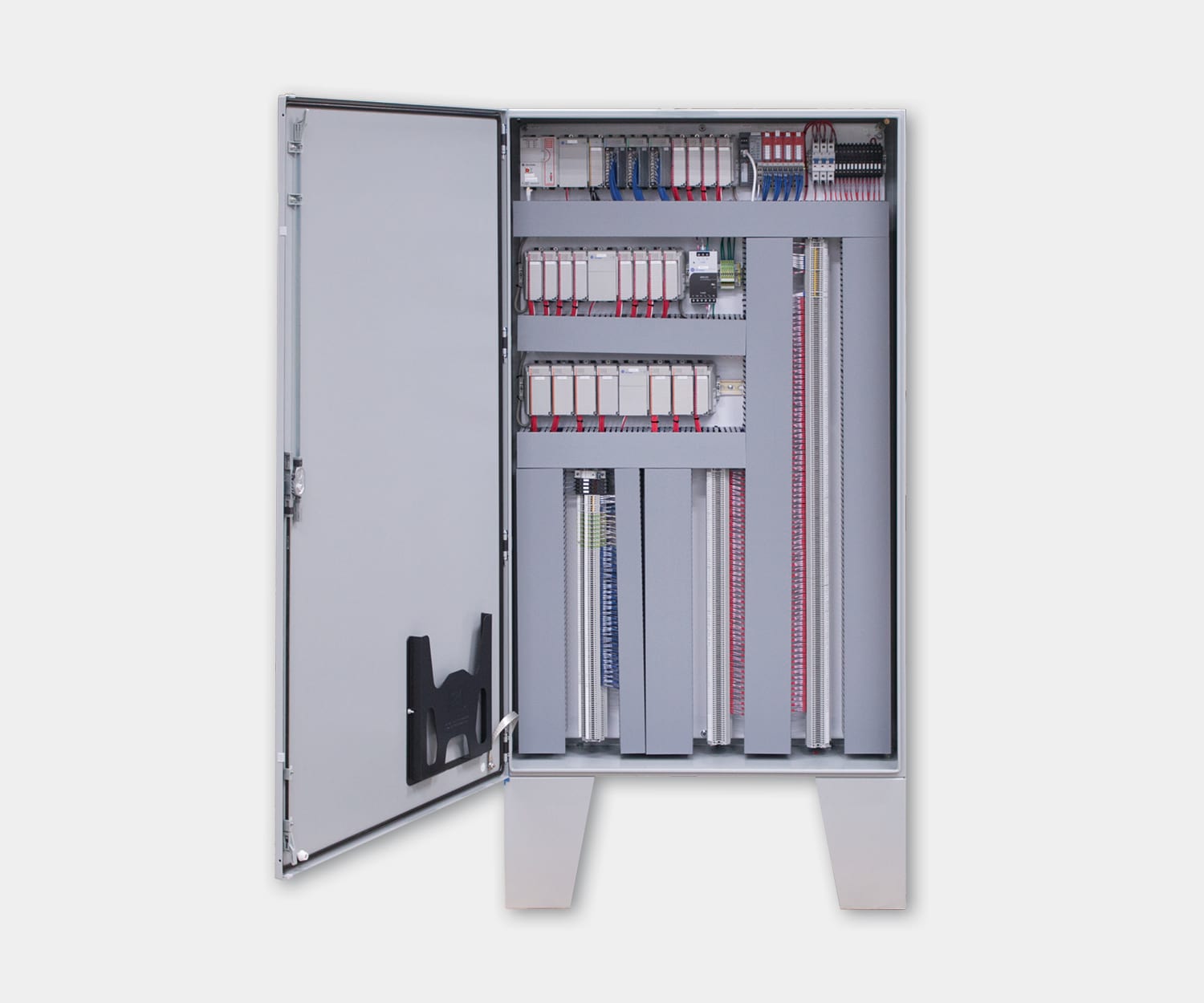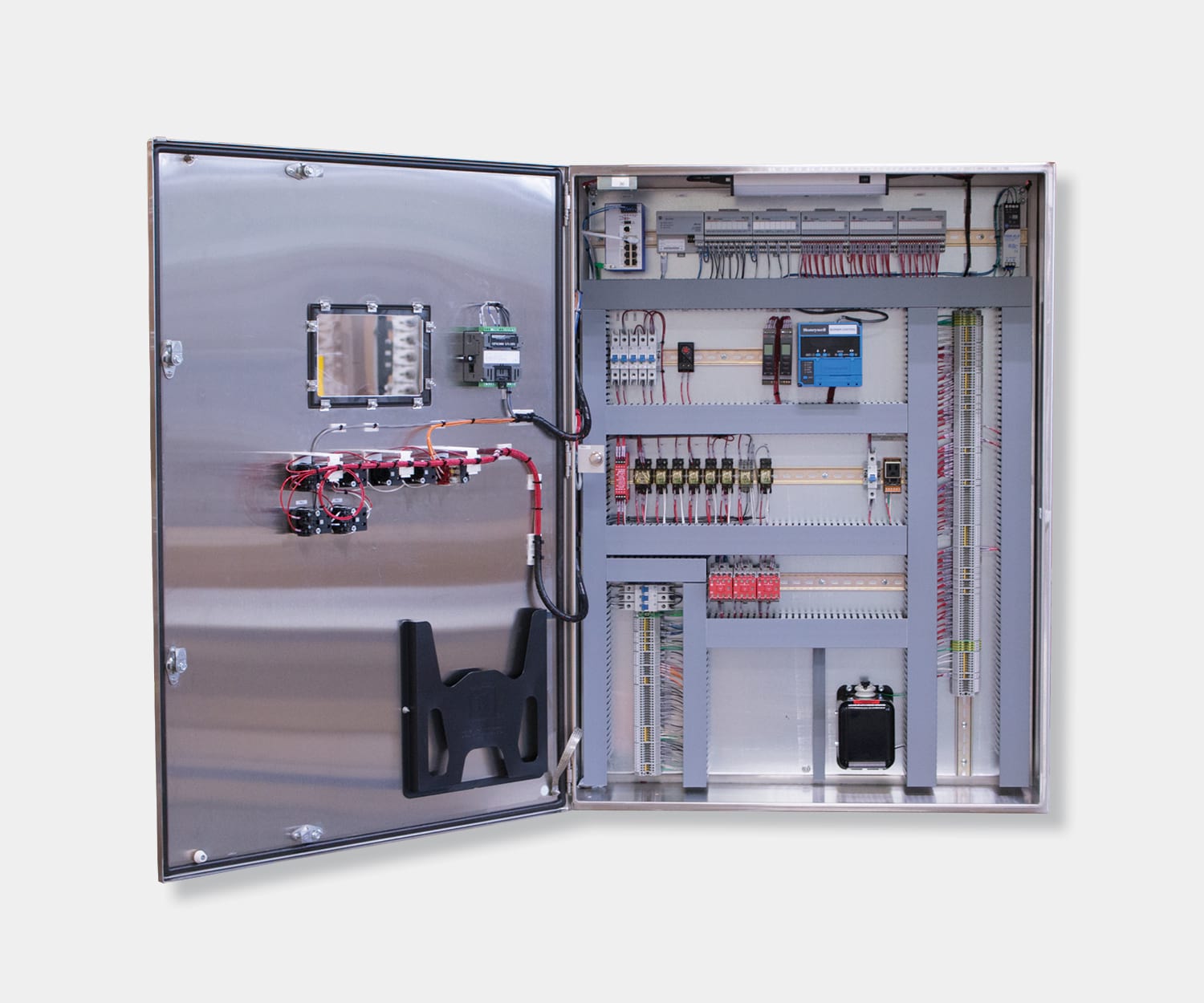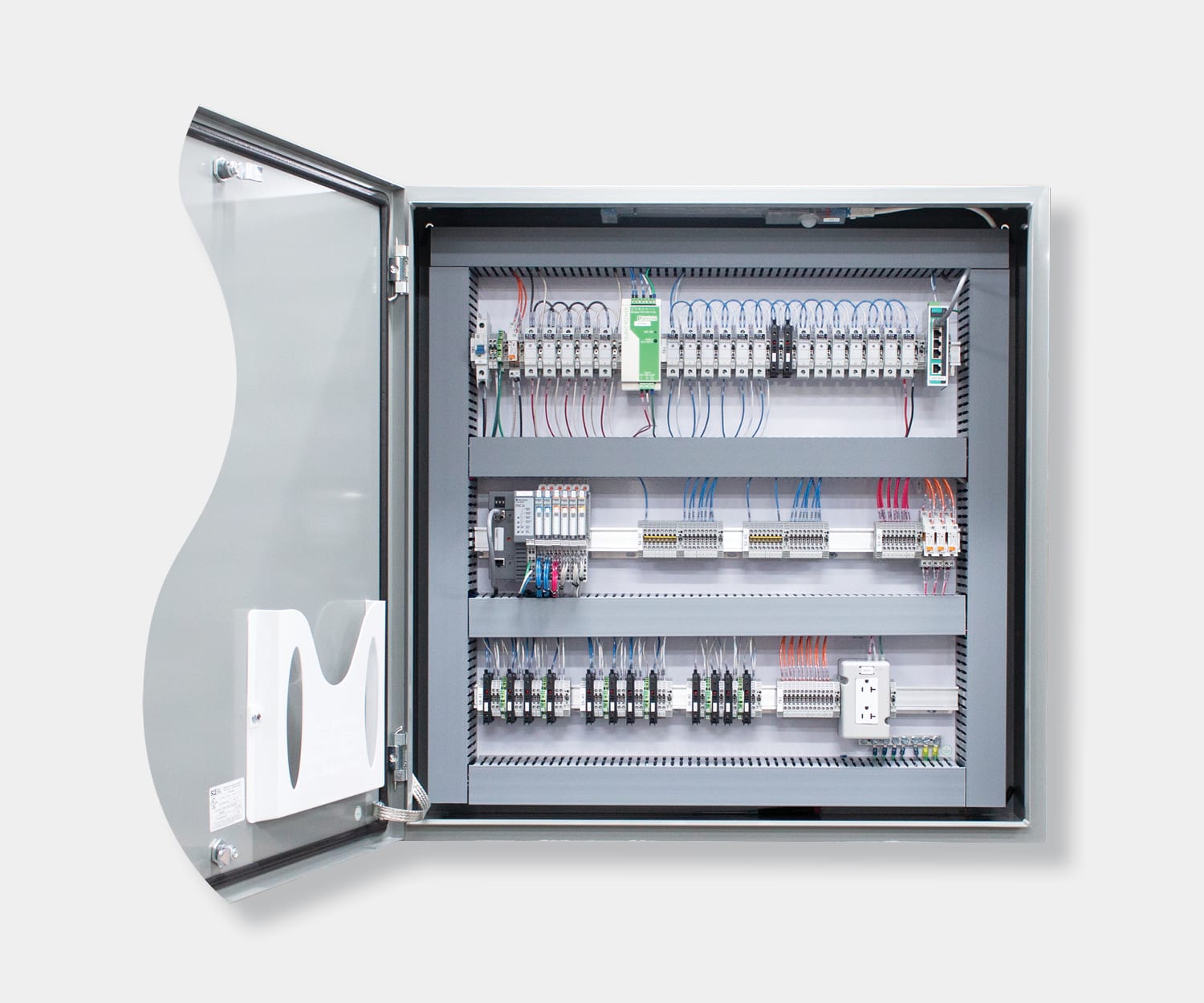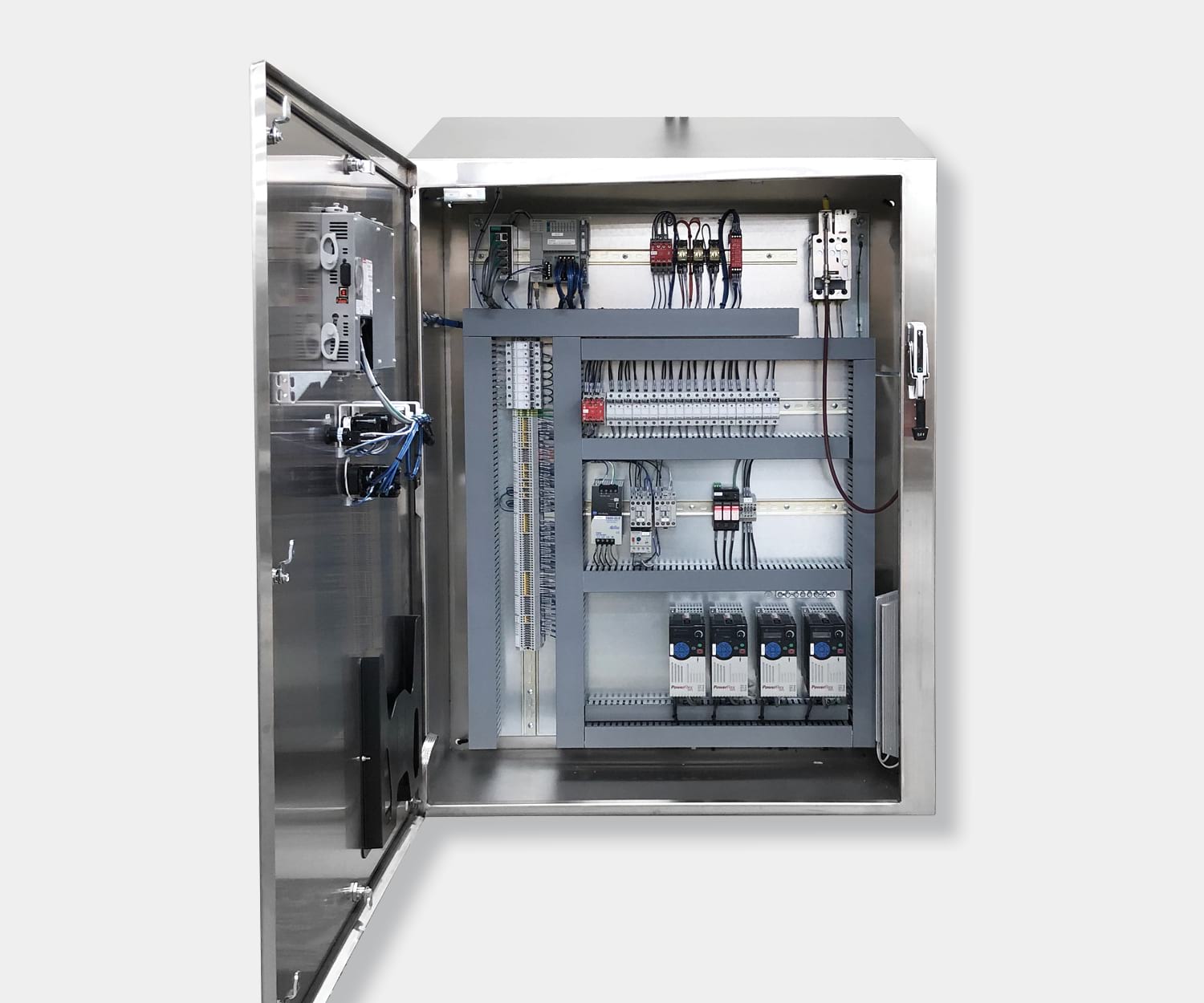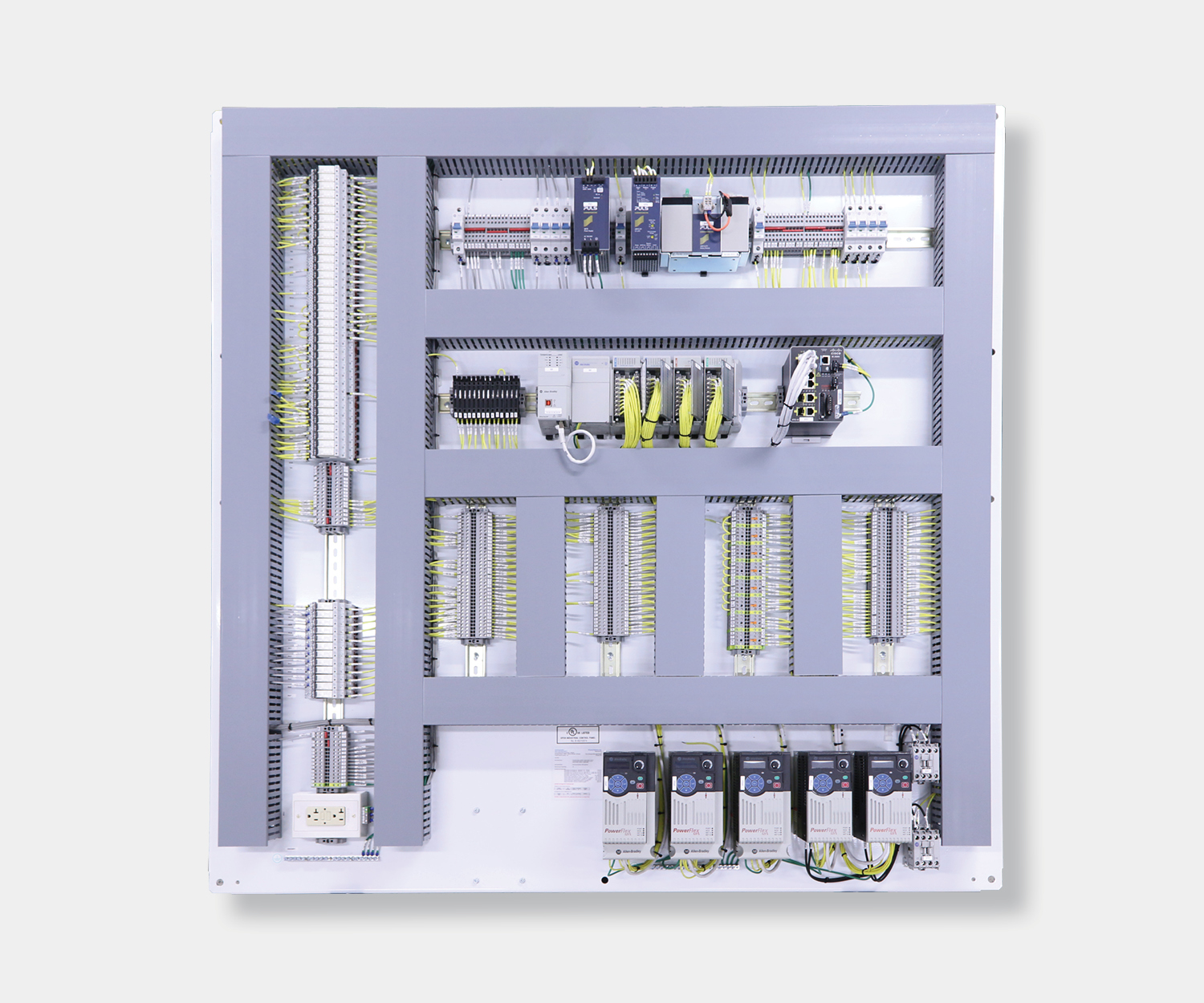NEMA vs IP Ratings: Which Enclosure Standard You Need
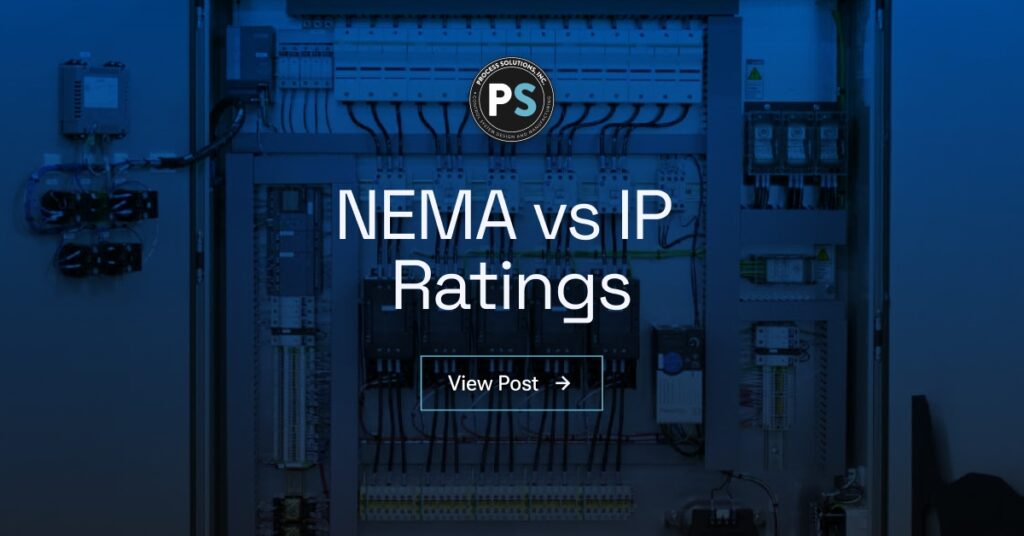
NEMA and IP ratings aren’t interchangeable. NEMA 4X includes corrosion and ice testing that IP66 doesn’t cover. Wrong specifications mean rejected equipment, premature failures, and 25-40% cost overruns. Use NEMA for North American industrial installations. Use IP for international projects. Specify based on actual environmental conditions and regional requirements, not assumed equivalency.
KAIC Ratings for Industrial Control Panels: What You Need to Know
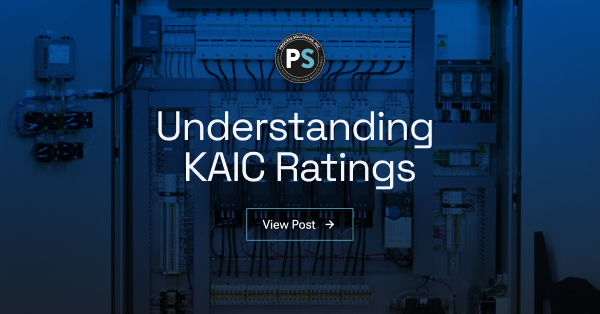
KAIC ratings apply to individual protective devices like breakers and fuses, while SCCR ratings apply to complete control panel assemblies. Many facilities assume component ratings automatically ensure panel compliance, but the lowest-rated component limits your panel’s overall protection. Underrated panels create serious safety risks and code violations. Getting this right requires professional fault current studies and proper component selection from the start.
UL Listed vs UL Recognized – What’s the Difference?

UL Listed and UL Recognized components have different requirements for industrial control panels. Listed components are generally straightforward to use. Recognized components often need expensive additional procedures that take weeks and cost thousands. Getting this wrong causes project delays and compliance headaches.
Understanding UL 508A Industrial Control Panel Standards
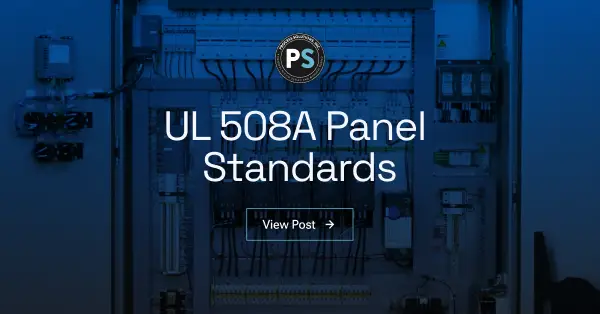
UL 508A certification is way more complex than just using UL-listed components. You need proper design, construction methods, extensive documentation, and ongoing compliance maintenance. Most facilities underestimate the requirements and end up with costly delays or safety risks. Working with certified specialists who know your industry prevents expensive mistakes and ensures your control panels actually meet safety standards from day one.
What is SCADA and how its used in Manufacturing
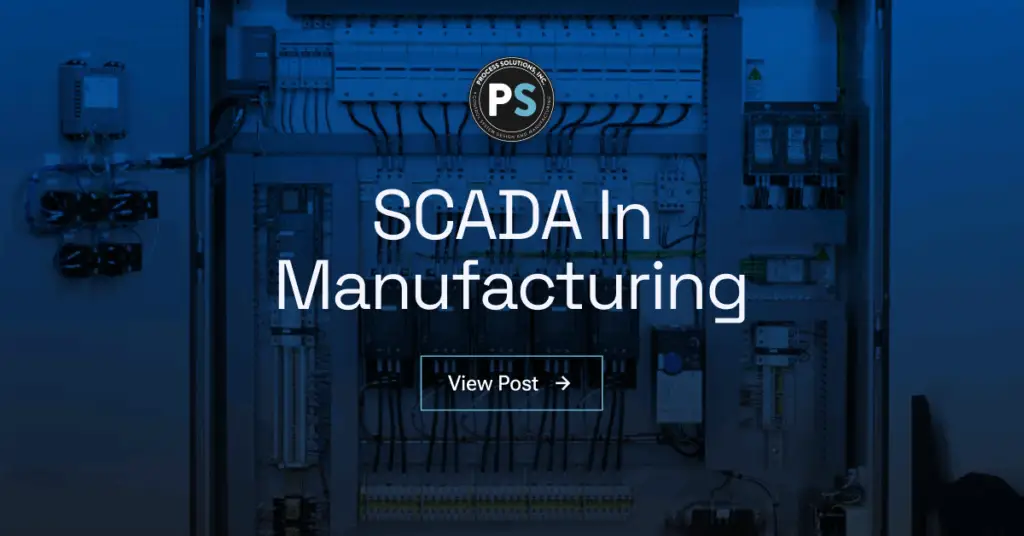
SCADA (Supervisory Control and Data Acquisition) systems combine hardware and software to monitor and control complex industrial processes in real-time, automatically collecting production data, managing alarms, and triggering programmed responses. These systems help manufacturers reduce waste, boost efficiency, and minimize downtime.
